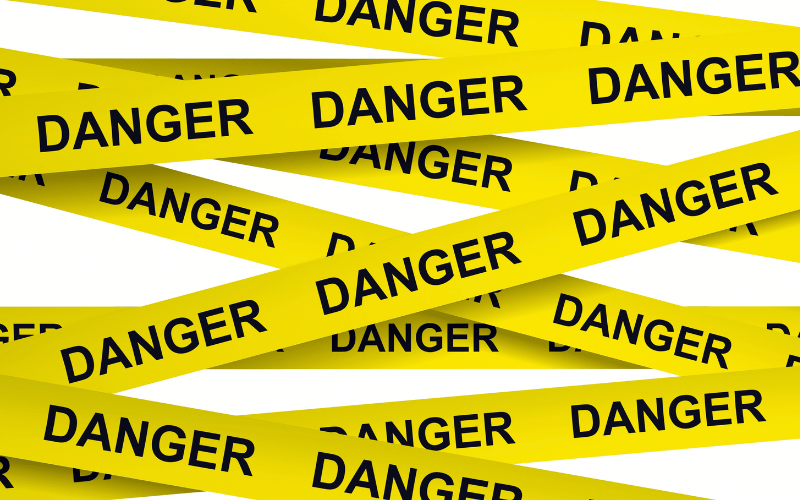Fact 5: Chronic Phase Dangers

When it comes to Chagas disease, its chronic phase is where the true peril lies. But what does “chronic” really mean in this context? After the initial infection, the disease can lie dormant for years or even decades. However, during this latency period, the parasite is far from inactive.
Over time, about 30% of infected individuals will develop severe complications. The heart is a primary target. Patients might experience arrhythmias, where the heart’s rhythm becomes erratic. There’s also the risk of cardiomyopathy, a condition where the heart’s muscles weaken, hindering its ability to pump blood efficiently.
As the disease advances, more overt signs emerge. Heart failure, where the heart can’t maintain its pumping duties, can set in. There’s also the risk of sudden cardiac arrest, which can be fatal.
The transition from a symptom-free or symptom-light phase to a life-threatening chronic phase highlights Chagas disease’s sinister nature. It’s a gradual, creeping progression, often catching individuals off guard. To encapsulate the threat of the chronic phase, it’s a ticking time bomb. The clock quietly ticks away in the background, with the explosion – in the form of severe health complications – occurring years or decades after the initial infection. And while not everyone with Chagas will enter this dangerous phase, the risk is real and ever-present. (5)